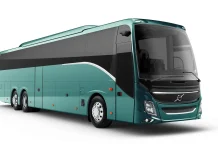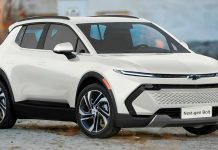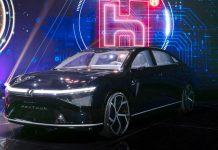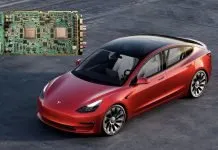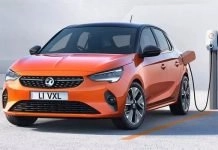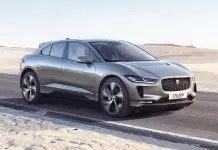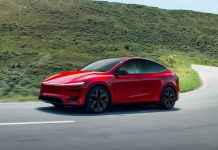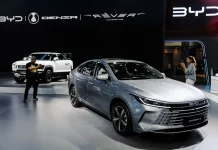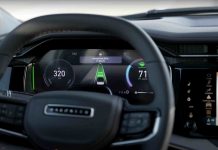To date, passenger vehicles, delivery vans, and urban buses have been dominating the transition to electric mobility. Volvo Buses is, however, making a big stride in the long-distance passenger transportation market with its BZR Electric coach chassis. This new platform is designed to enable short and long-haul travel with an advantageous offer of immense battery space, powerful powertrains, and the newest safety features to make it a competitive force in an electric coach market that is swiftly developing.
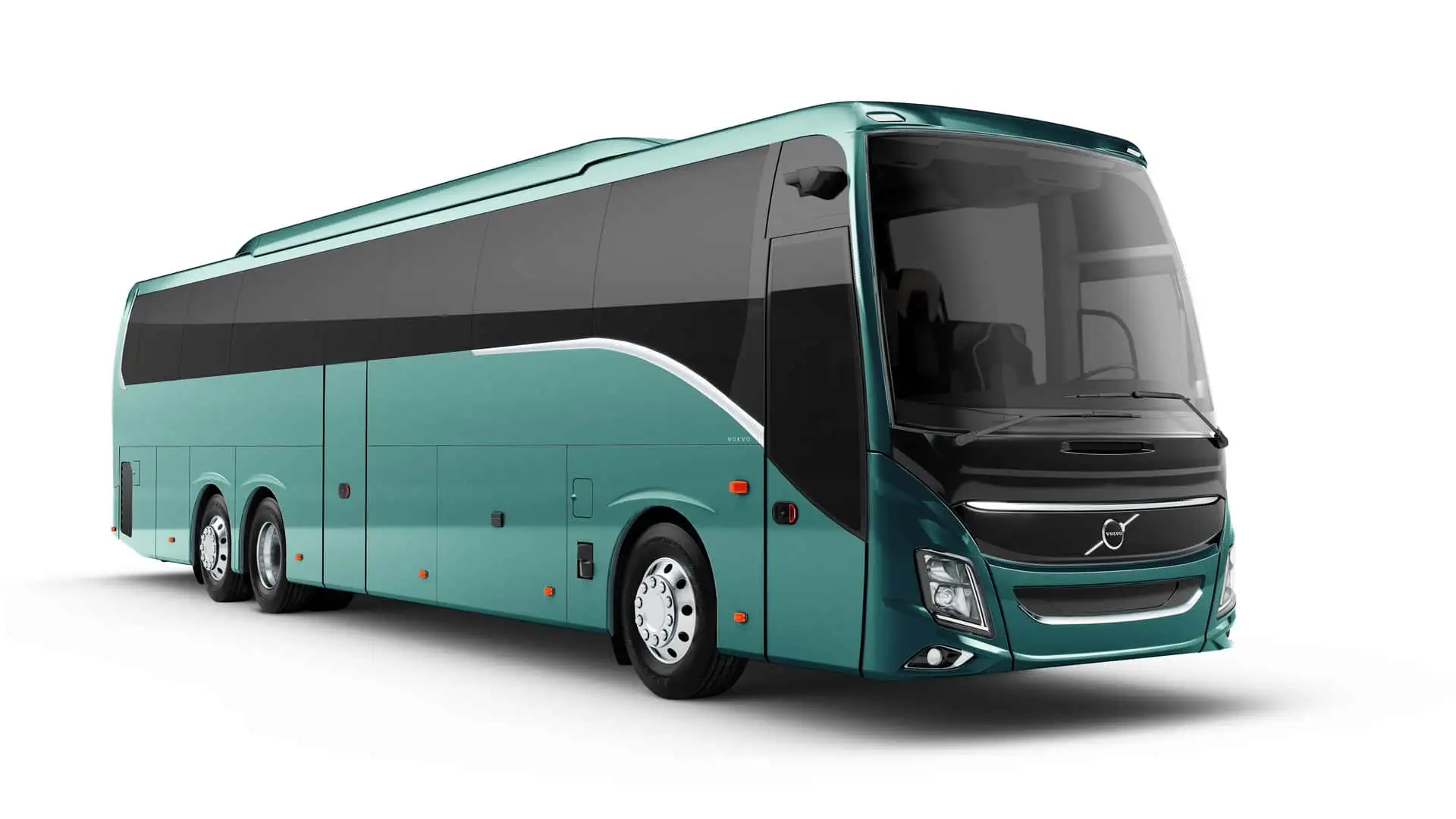
A Battery Pack Which Breaks Bounds
The core of the BZR Electric is its modular battery system, enabling the operators to customise the energy storage to their needs. Each module contains 90 kilowatt-hours (kWh) of energy and is about 1,180 pounds (535 kilograms) in weight. Operators are able to choose four to eight modules depending on the chassis configuration.
The smallest size is offered on the 4×2 variant of the chassis with four modules that have a total power of 360 kWh. In case operators want to use as much range as possible, the 6×2 setup fits eight modules, increasing the overall capacity to an unbelievable 720kWh. In this configuration, Volvo says that the coach can drive as far as 435 miles (700 kilometers) on one charge, making it one of the longest-range fully electric coaches on the market.
Naturally, all such storage of energy is at a weight cost. The eight-module battery system with full equipment weighs in excess of 9,400 pounds (4,280 kilograms). However, the BZR has a strong drivetrain that can easily manage the load.
Power to Match the Weight
BZR Electric by Volvo is provided in two primary motors. The single-motor model has a power of 268 horsepower (200 kW) and a torque of 295 lb-ft (400 Nm). Although these figures might be considered small in a vehicle of this scale, the number of gears is increased exponentially with a two-speed automated transmission, making it over 15,000 lb-ft (20,900 Nm) at the hubs.
Operators who require even greater power can also order the twin-motor variant with two times the output of 536 horsepower and 626 lb-ft (850 Nm) of torque. This configuration provides an impressive 24,708 lb-ft (33,500 Nm) of torque at the wheels–enough to get it up the steepest of grades and fully loaded passengers over extended distances.
Fast and Flexible Charging
It takes very strong charging solutions to recharge such a huge battery. BZR chassis can be used with the following two systems:
- A connector (CCS2) with a capacity of up to 250 kW, which can be used in depot charging.
- The OppCharge pantograph system has a connection point in a roof-mounted bar and provides up to 450 kW to enable a quick turnaround at bus terminals.
This flexibility will enable operators to add the BZR to both the city structures and long-distance routes without significant infrastructure redesign.
Having a Competitive Market
Volvo is not the only player that aims at the electric coach market. The MAN Lion Coach E has a maximum battery capacity of 536 kWh and a maximum claimed range of 403 miles (650 km), as a direct competitor. In the meantime, Scania has been adopting a hybrid strategy, announcing a plug-in hybrid bus and coach chassis, which combines a combustion engine and the ability to drive using electricity. This will enable operators to travel long distances on diesel and then switch to zero-emissions mode once they get into the city.
Its maximum capacity of 720 kWh and a range of 435 miles give Volvo BZR an edge over most competitors in raw battery size and range, which is especially important to operators who care more about long-haul, all-electric performance.

